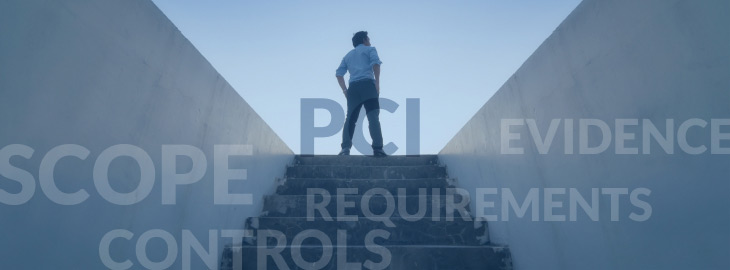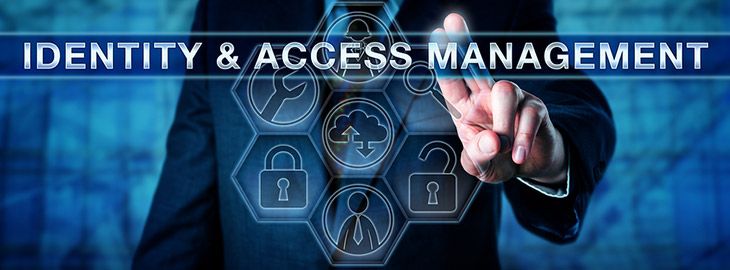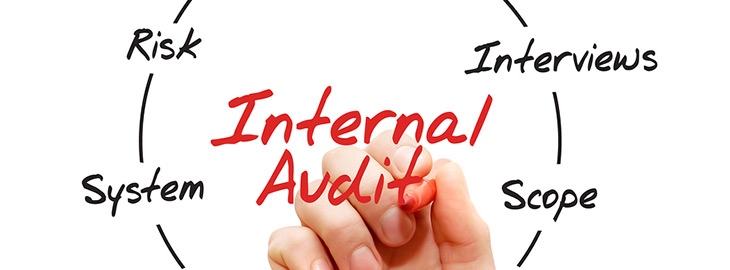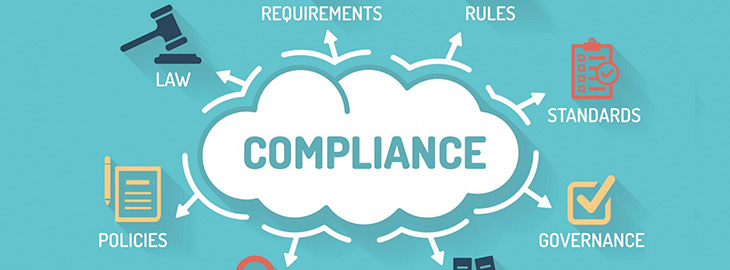Blog
Page 34 of 152
What is a Cybersecurity Framework?
What Is a Cybersecurity Framework? Key Takeaway: A cybersecurity framework is a structured set of guidelines, standards, and best practices that helps organizations systematically manage cybersecurity risks, protect digital assets, and maintain business continuity. There are five core functions: identify, protect, detect, respond, and recover. Quick Navigation Key Terms Cybersecurity Framework: A structured set of […]

Tags: Cybersecurity
October 31, 2023
What is Continuous Monitoring in Cybersecurity?
As organizations increasingly rely on technology for their day-to-day operations, the need for robust information security measures has become more critical than ever. Cybersecurity risks have risen, and it is essential for CISOs to implement strategies that ensure real-time monitoring of threats to prevent data breaches. This is where continuous monitoring comes in. Continuous monitoring […]

How Often Are SOC 2 Reports Required?
In general, service organizations will undergo annual SOC 2 (Service Organization Controls 2) audit reports based on the Trust Services Principles (Trust Services Criteria). The SOC reports typically begin with a SOC 2 Type 1 report in the first year followed by SOC 2 Type 2 (Soc 2 Type ii) reports in subsequent years. Each […]

5 Steps to Become PCI Compliant
Suppose your organization handles payment processing, card transactions, storage, authentication, or credit card data electronic transmission. In that case, you’ll be very familiar with PCI DSS (formally known as the Payment Card Industry Data Security Standard). This standard protects debit and credit card transactions and cardholder data from unauthorized access via data breaches, ransomware, and […]

6 Steps to Create an Effective User Access Review Program
Protecting your organization from a security breach requires constant vigilance. Here are 7 steps to ensure that you’ve secured your user access controls.

Tags: Compliance
What is an Internal Audit?
Internal audits are an exercise that an organization undertakes to understand how well the organization is managing the risks that confront it. The audit examines a certain risk facing the organization — say, the risk of erroneous financial reporting, or the risk of weak cybersecurity procedures — and tests the organization’s internal controls to keep […]

Tags: Audit Management
The Fine Art of Scoping a SOC 2 Audit
Once upon a time, performing a SOC 2 audit was a rite of passage for service companies: “Wow, we’re so successful now that big clients want us to do important things, and we need a SOC 2 audit to prove our street cred!” Times have changed. In today’s cybersecurity world, the SOC (Systems and Organizations […]

Tags: Audit Management, SOC
What is the SOC 2 Common Criteria List?
The SOC 2 Common Criteria List refers to the set of criteria and principles that service organizations must adhere to and demonstrate compliance with in order to achieve SOC 2 (System and Organization Controls for Service Organizations 2) certification. These criteria are established by the American Institute of Certified Public Accountants (AICPA) and are focused […]

What is Evidence Collection in Compliance?
Evidence collection is the act of documenting an organization’s compliance processes and outcomes. Evidence collection is one of the best methods an organization can use to demonstrate that it is taking compliance seriously. An organization will likely encounter several challenges when it sets out to collect evidence and build an evidence-collection process. Evidence collection is […]

Tags: Audit Management
How to Keep Your HIPAA Compliance Efforts Up to Date
Everyone in the data privacy world has heard of HIPAA, and the term is often used to explain how, when, and why protected health information is protected from release to second and third parties. But HIPAA — which stands for the Health Insurance Portability and Accountability Act — has changed several times since it was […]

Page 34 of 152
